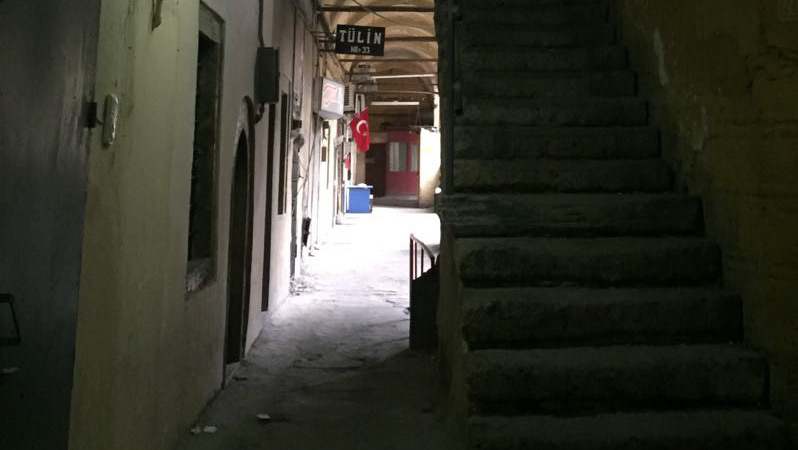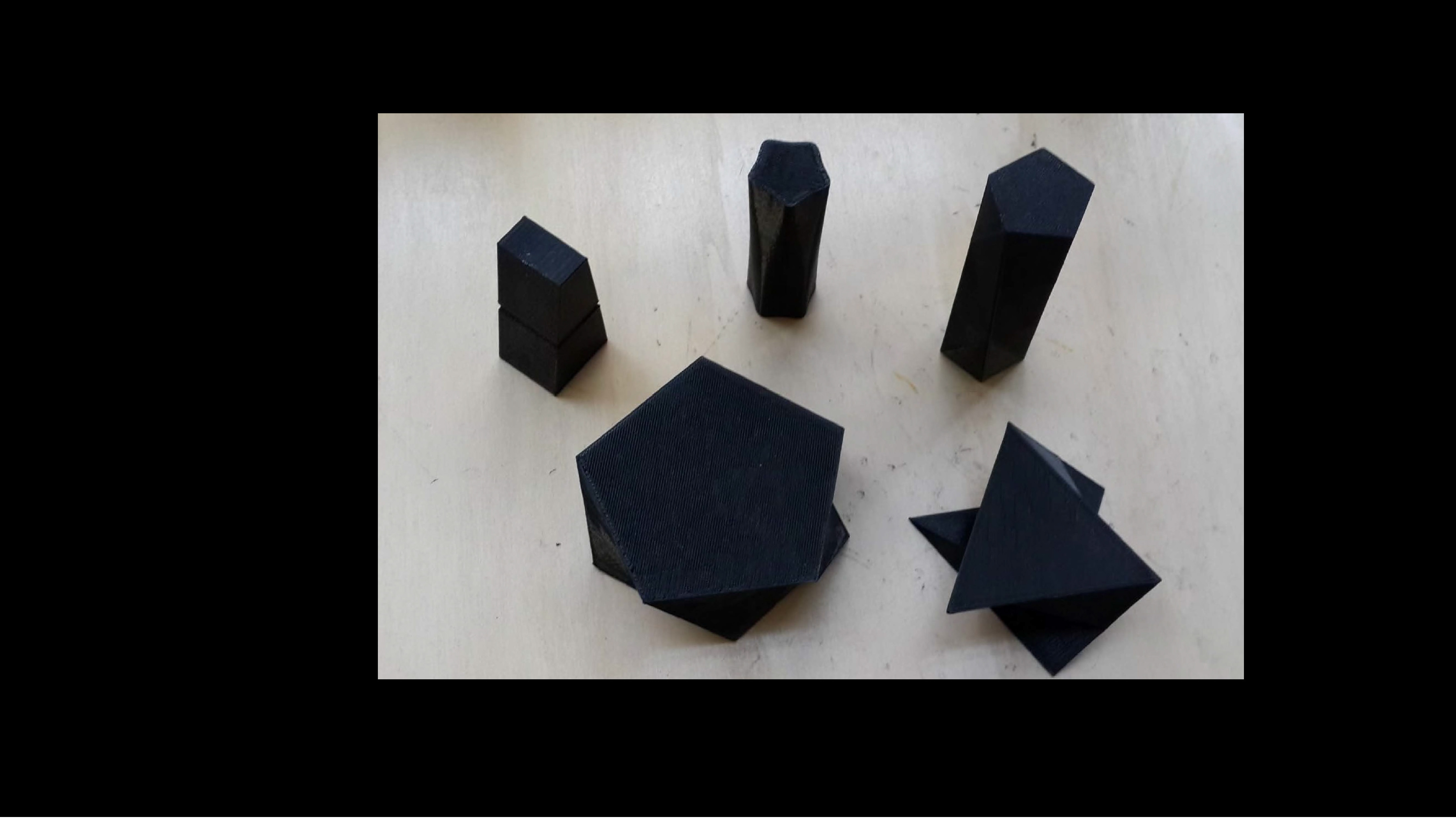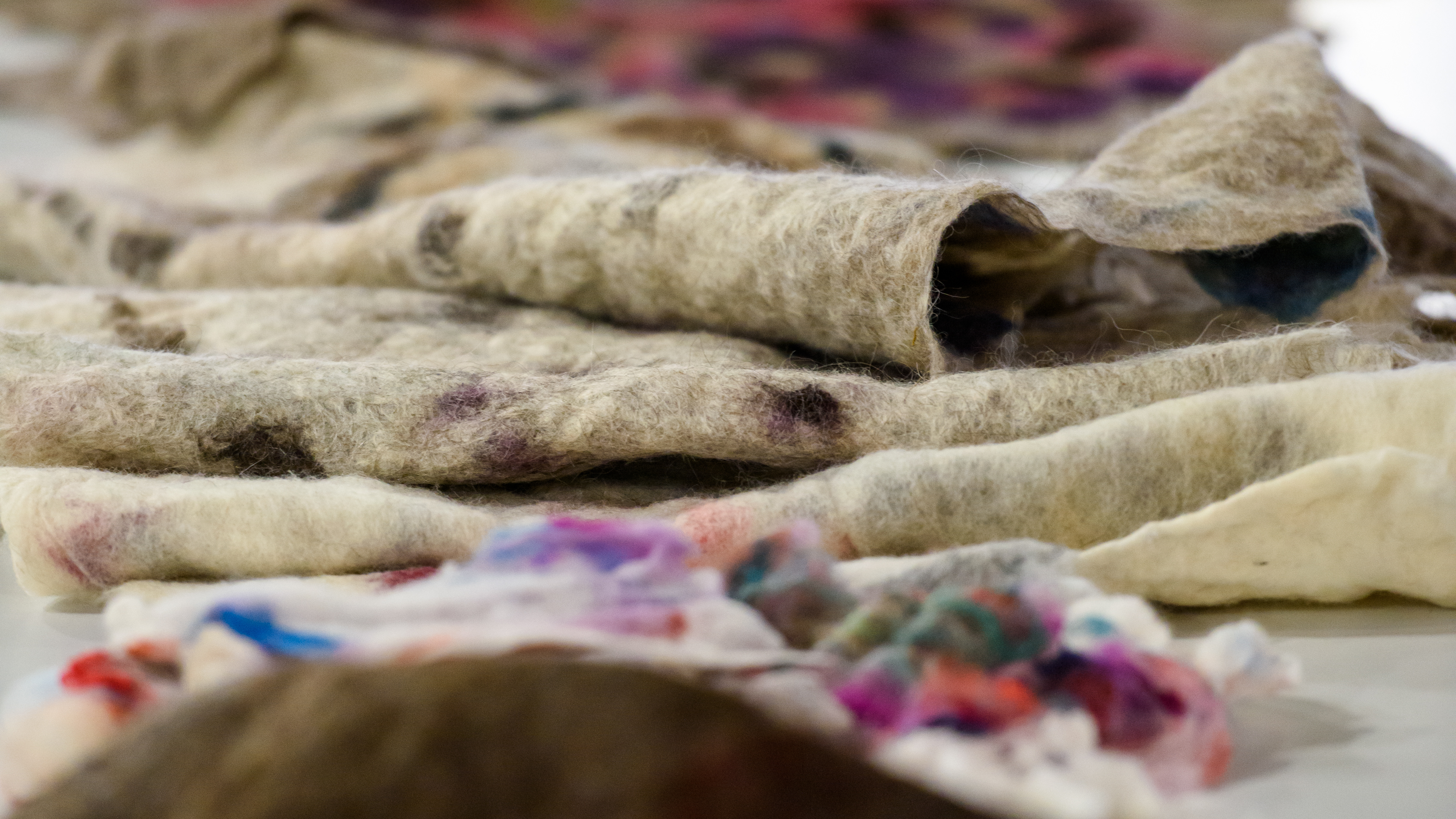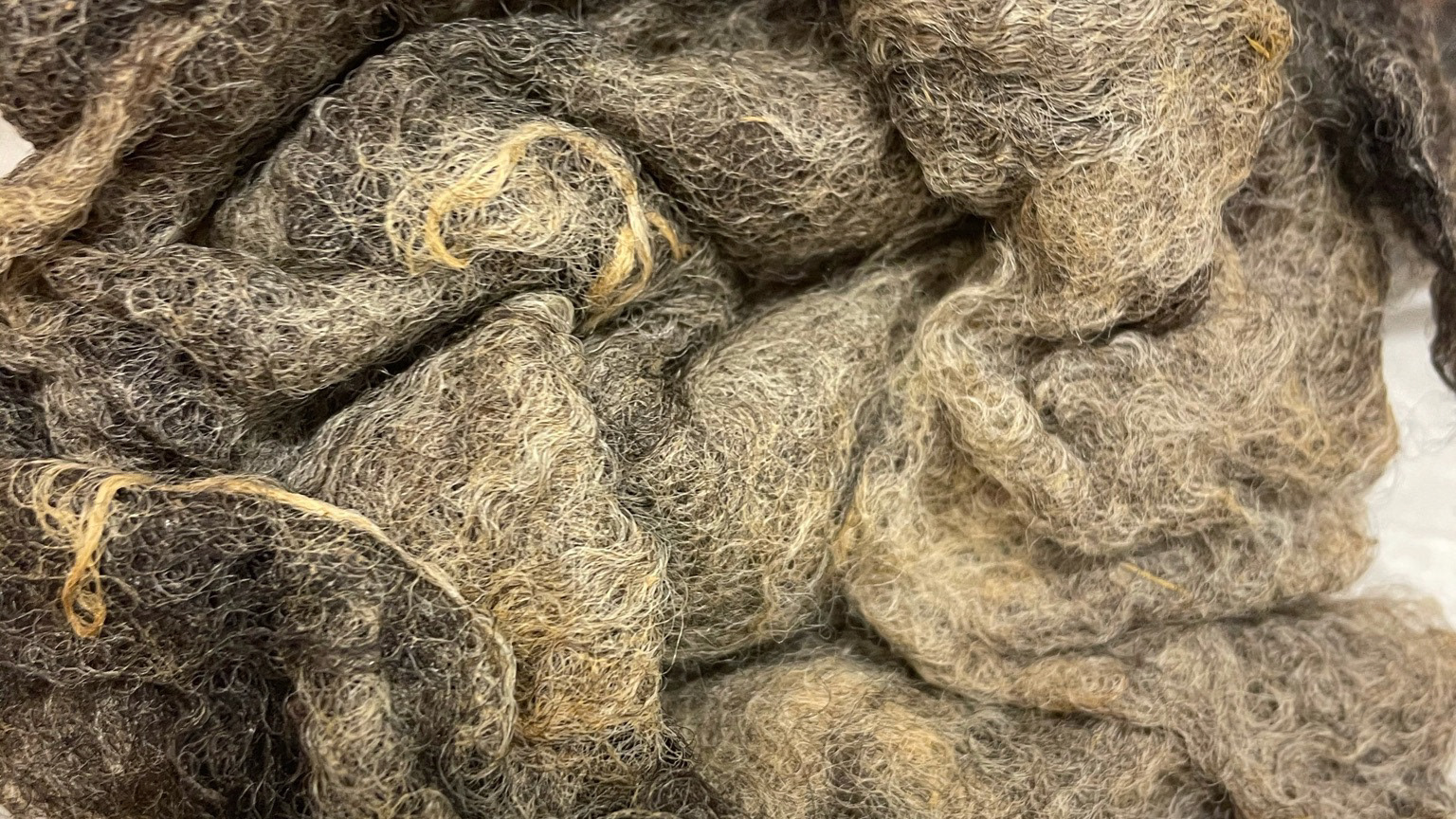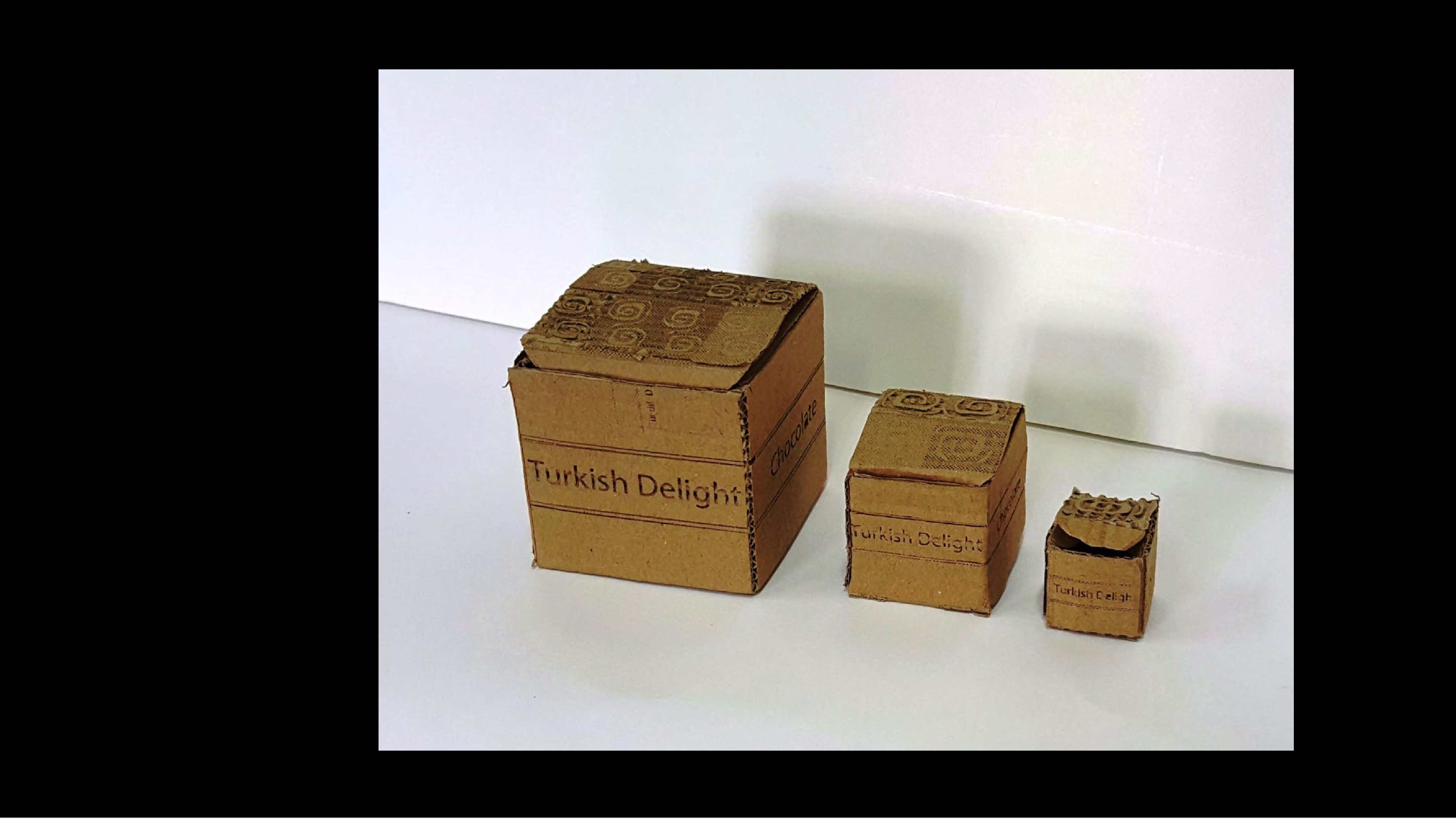Our article "Repositioning Craft and Design in the Anthropocene: Applying a More-Than-Human approach to textiles" has been published in Exchanges Journal's special issue, The Anthropocene and More-Than-Human World. Co-authors: Ida Nilstad Pettersen, Ferne Edwards
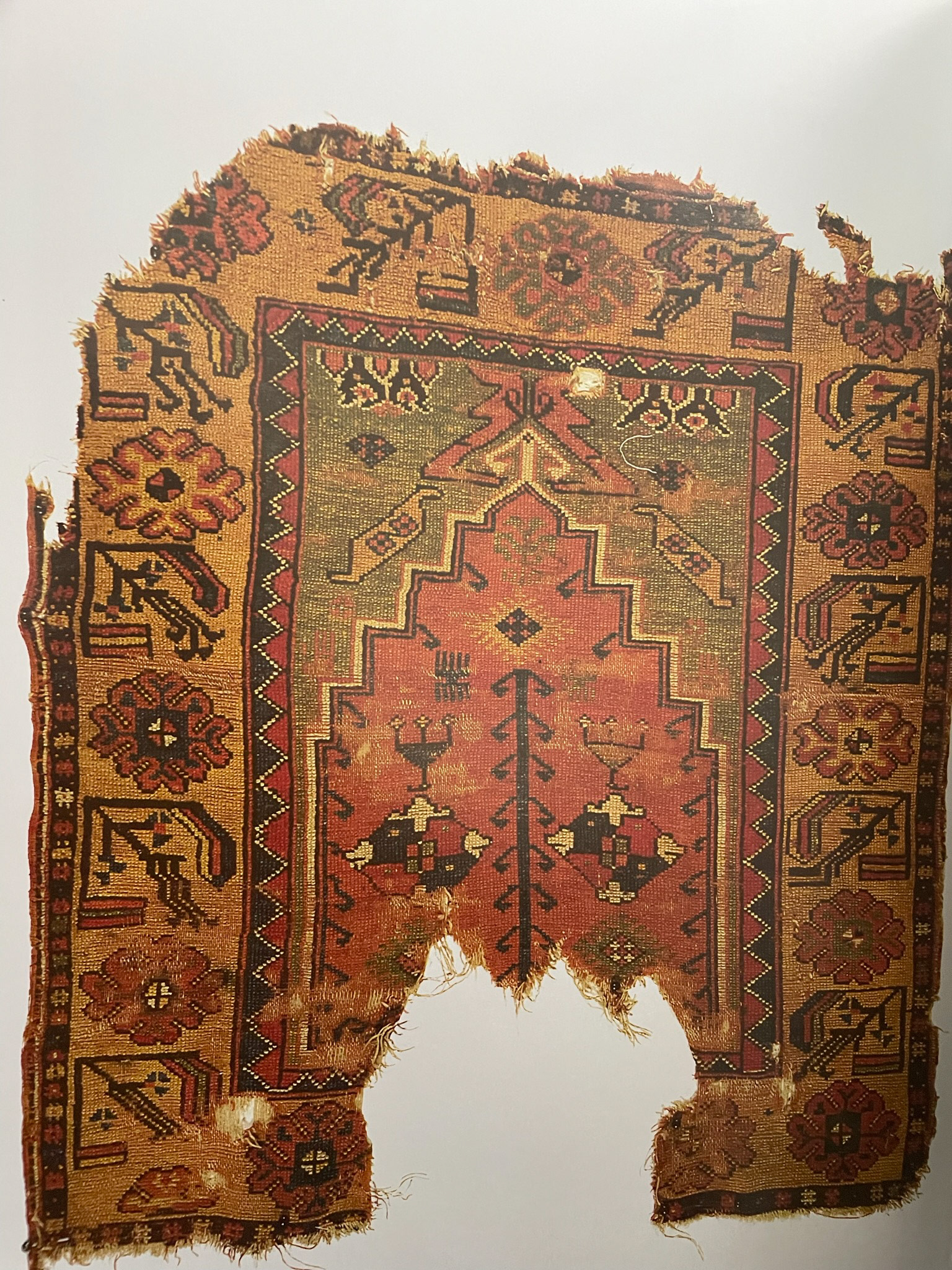
An example analysis of patterns from an 18th century carpet from Konya, Turkey. The carpet is held in Vakiflar Hali Muzesi, Istanbul, as inventory nr. 102. (Source: Kültür ve Turizm Bakanlığı, No: 81, 2006)

An example analysis of patterns from an 18th century carpet from Konya, Turkey. The carpet is held in Vakiflar Hali Muzesi, Istanbul, as inventory nr. 102. (Source: Kültür ve Turizm Bakanlığı, No: 81, 2006)

Patterns from a felting workshop in Turkey, that signify a more-than-human relationship through symbols such as birds that refer to nomadic culture, from a field study
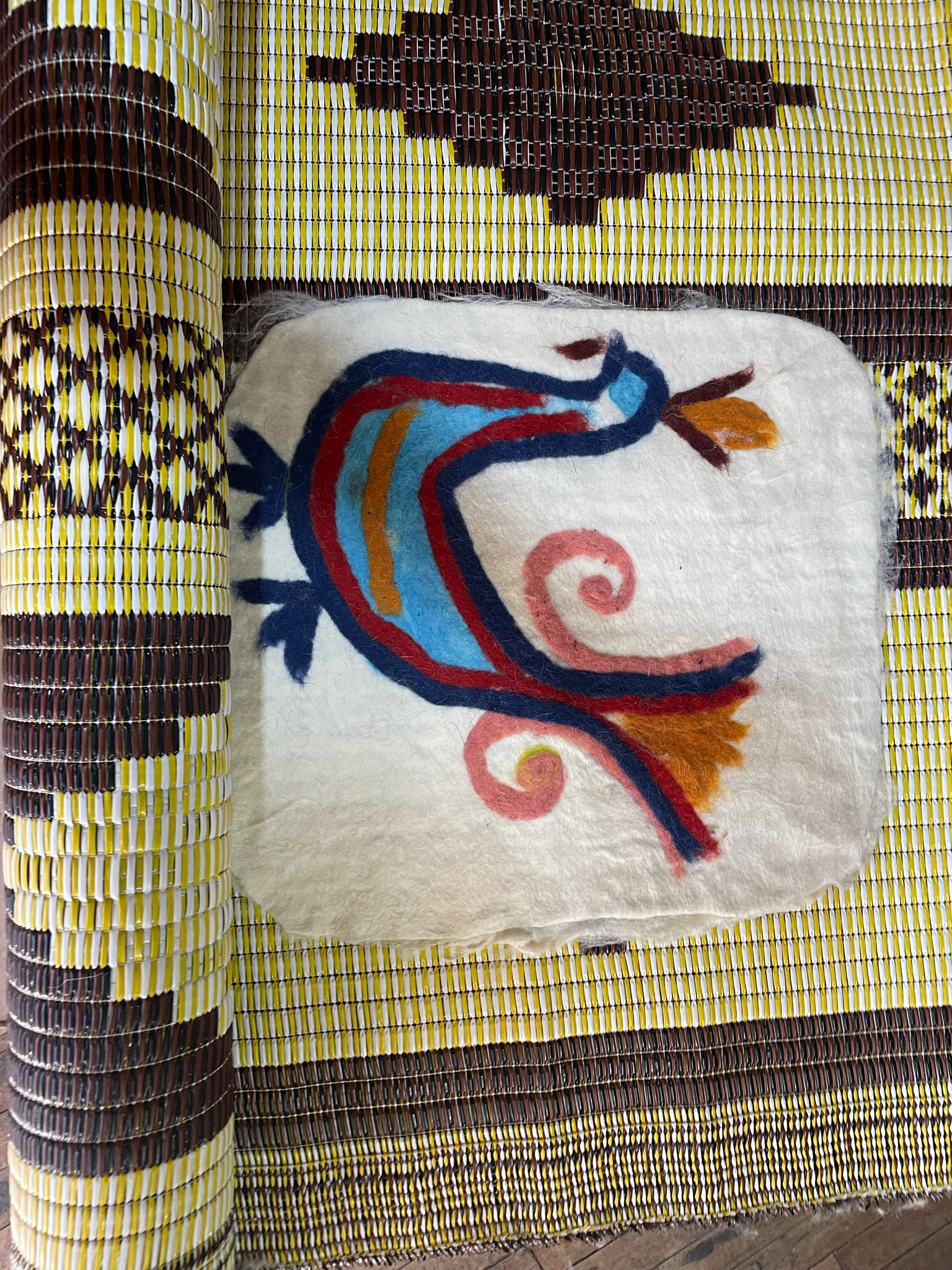
Patterns from a felting workshop in Turkey, that signify a more-than-human relationship through symbols such as birds that refer to nomadic culture, from a field study



